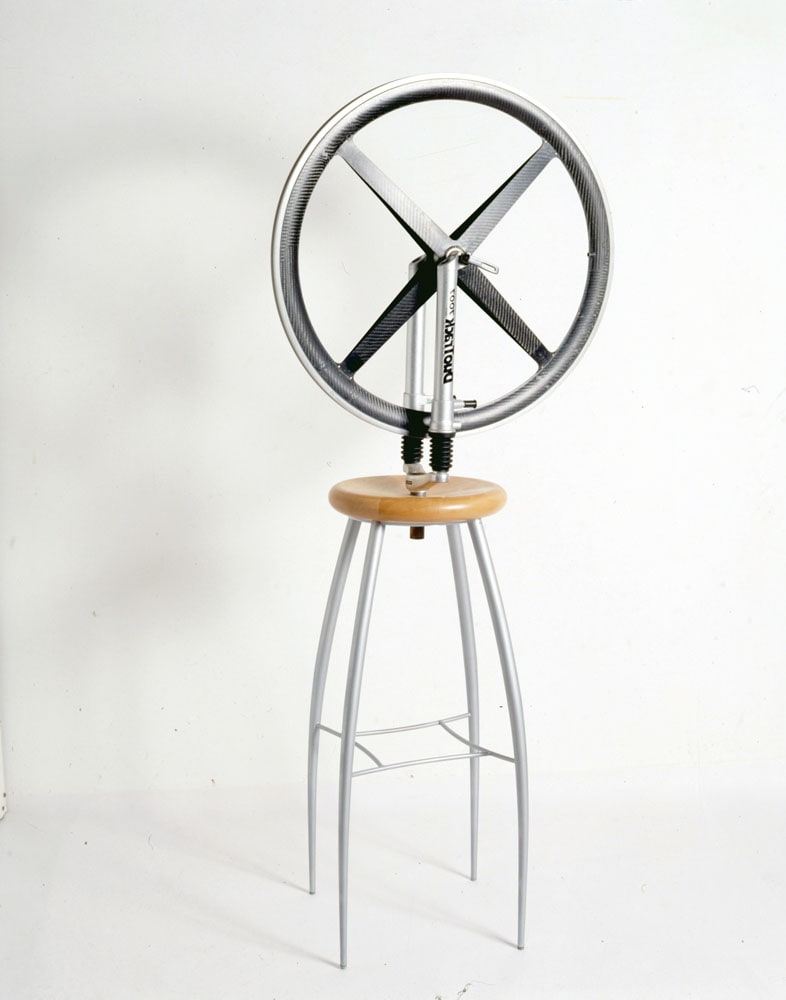Director: Marco Proserpio
Narrator: Iggy Pop
UK, Italy, 2018, 90’, color
Arabic, English, Italian with Turkish, English subtitle
In 2007, world-renowned street artist Banksy went to Palestine to paint protest graffiti on walls, including a piece depicting an Israeli soldier checking a donkey’s ID in Bethlehem. Some locals took offense at being portrayed as donkeys. A local Palestinian taxi driver decided to cut out the offending graffiti and sell it on eBay. What follows is a story of clashing cultures, art, identity, theft, and the black market. From art dealers to private collectors and even fellow street artists, everyone has a different take on this incident; which brings to the surface a discussion on issues of rights pertaining to street art-the right to create, to erase, to protest, to sell...

In 1998 Ben Jakober and Yannick Vu collaborated on an obvious remake of Marcel Duchamp’s Roue de Bicyclette, his first “readymade” object. Duchamp combined a bicycle wheel, a fork and a stool to create a machine which served no purpose, subverting accepted norms of art.
Tuesday - Saturday 10:00 - 19:00
Friday 10:00 - 22:00
Sunday 12:00 - 18:00
The museum is closed on Mondays.
On Wednesdays, the students can
visit the museum free of admission.
Full ticket: 300 TL
Discounted: 150 TL
Groups: 200 TL (minimum 10 people)